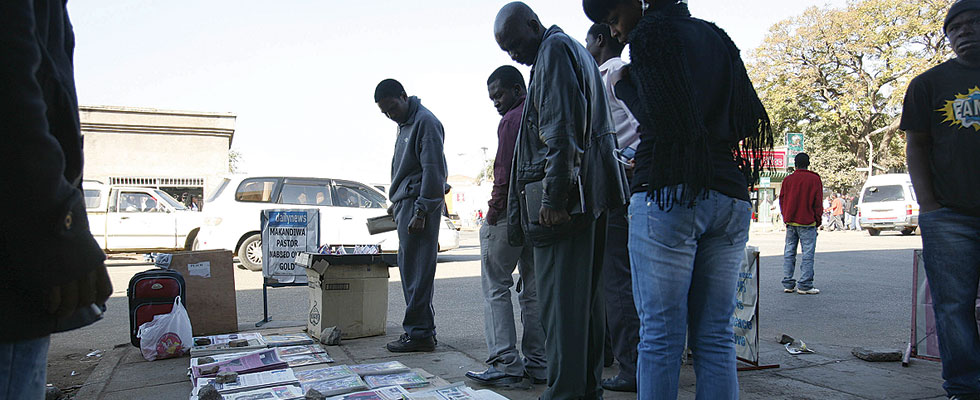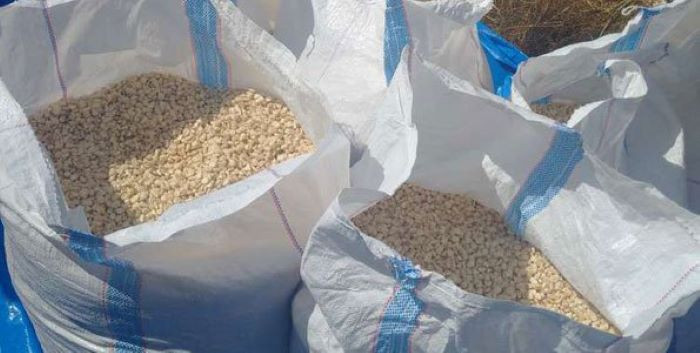
Thomas Chidamba
THE influence of mass media in creating public awareness on heritage issues and archaeological discoveries, in particular, is important in assisting archaeologists in publishing their work.
Archaeologists act as mediators between the past and present societies because they study and interpret remains of past human lives for it to be witnessed, consumed and enjoyed by the people.
In the same vein, the media has been an integral component of heritage from the beginning, and continues to be central in addressing contemporary archaeology’s most compelling challenges. Newspapers have an obligation to inform, educate, engage and entertain the public with accurate and credible news.
However, it seems not so for heritage news, as the field is rarely featured in the press, and on few occasion it does, it will be controversial, perhaps to meet the values of news.
It is an agreeable fact that the media plays an important role in the heritage information dissemination processes but archaeologists do not have much control of published information because decisions about presentation of heritage news will ultimately be controlled by media editors whose goals are different from archaeologists.
What is news?
According to American Journalist John Bogart, when a dog bites a man that is not news because it is so often, but when a man bites a dog that is news. This illustrates the importance of the “newness” of news, where the incidence of a dog biting a man is significantly less than of a man biting a dog. Hence, it is often new finds that are reported as news stories.
- Chamisa under fire over US$120K donation
- Mavhunga puts DeMbare into Chibuku quarterfinals
- Pension funds bet on Cabora Bassa oilfields
- Councils defy govt fire tender directive
Keep Reading
Importance of newspapers in heritage
Despite the fact that newspapers are a medium which allows archaeologists to reach a mass audience, they are also a medium distrusted by many in the profession since archaeologists’ work has to be interpreted by journalists. This is because archaeologists are not in control of the message to be published.
It is no doubt that the main source of information about heritage for the public is mass media, but the image of heritage we usually get from newspapers is confusing because the most popular topics in the press are related to mystery, adventure, treasures and the unknown.
The way heritage is portrayed in the press is often focused on the minutiae of detailed knowledge of the past, falsifying the ethical values of the discipline or reducing heritage to entertainment.
So archaeologists should take a leading role in assisting journalists with interpretation of heritage information because interpretation of the archaeological record for general audiences and its protection, is simply too important to leave to others.
The archaeological calling
This calls for archaeologists to be abreast with media studies or communication theory because when archaeologists talk about “communication” they usually mean themselves talking to the public about the results of their own research about the past. But, journalists use completely different methods and rules of communication to archaeologists without necessarily falsifying the results.
Archaeologists should also be aware that there are divergent views to the interpretation of the past and that the media is committed to serving the public interest by being sensitive to the needs and rights of the individual members of society by protecting them from the spread of ethnic and minority hatred, religious bigotry or extremism, sexual discrimination, racial, political and ideological intolerance.
These divergent points of view are desirable because they sustain public debate which is desirable because it natures an informed citizenry and an informed citizenry is desirable because it brings about a more perfect policy. This is because the public is made up of countless groups based on similarities in profession, social status, level of education, religious denomination, age and even hobbies. As such, the media is not there to enthuse but to challenge and question what is going on in the scientific community because journalists’ job is not so much to explain in an artful manner, but to reflect the debate that is going on both within the scientific community and in the wider society.
The competing forces
Archaeologists should understand that there is tension between the internal goals of journalism and the market inhibits the dissemination of information and diverse opinions required of a democratic society.
This is because to survive within the market place, the press has to satisfy the preferences of its consumers as a newspaper can survive only on the condition of publishing sentiments or principles common to a large number of people. Market imperative is incompatible with tenants of fair journalism because it is far from encouraging a diversity of opinion as the market place encouraged the newspaper to publish news which is congruent with the pre-existing values and beliefs of its readers.
As such, there is a shared belief that it does not pay to write or publish news which is outside the dominant cultural framework of the readership addressed thereby forcing journalism to work with the confines of the dominant culture in which it operates. As such there is the belief, at least among heritage practitioners, that ordinary heritage news does not push sales volumes of newspapers. Therefore, what is portrayed in the Press, how it is portrayed and how much it is portrayed is within a free market-shaped by consumer preference.
That is to say, the market systemically shapes what is reported in a news story, relegating truth-telling, which must be constitutive of journalism as a practice, to a mere subsidiary role because the news value of a story is rarely a function of its truth value but a function of the perceived market at which the story is aimed.
However, heritage deserves space in the mainstream media as a social practice that provides services for people’s own desires and demands such that in a democratic society, it can be an answer to people’s needs, address their desires and concerns and be subjected to political control by non-scientists even if citizens may occasionally decide against what the experts would deem to be in their best interest.
This is because people are not a uniform mass hence there is need to distinguish carefully between various possible target audiences in a given society.
It is high time heritage practitioner come out their shells and embrace the media to communicate their discoveries in this publish or perish era. Archaeologists should not limit themselves to certain channels of communication because all kinds of engaging with the public are significant for the wellbeing of their discipline and profession.
Thomas Chidamba is a journalist and a qualified archaeologist based in Harare. He writes here in his personal capacity. He can be reached on [email protected]











